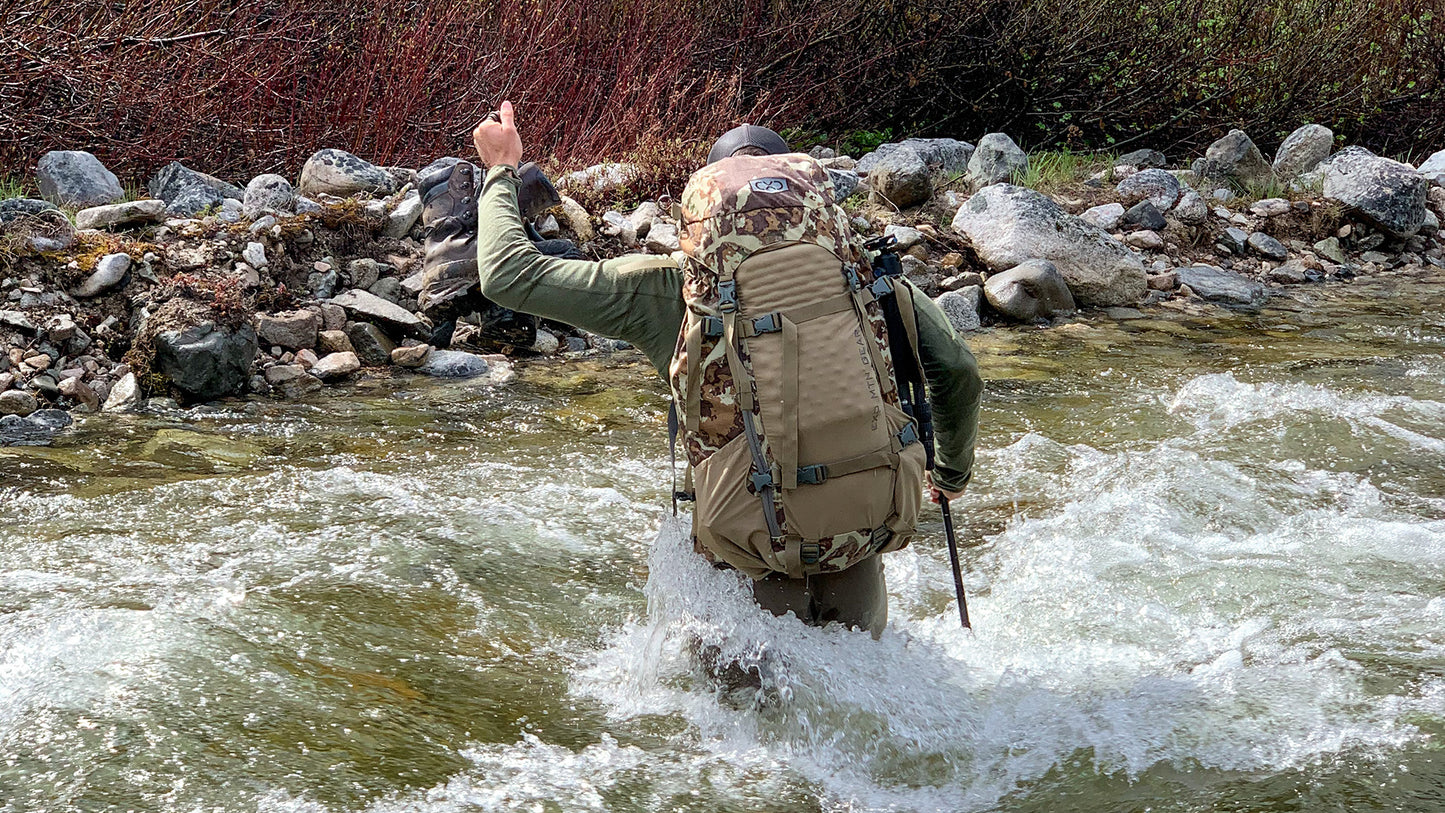
Animals may spend time in these areas where they can have access to life-giving food and water, as well as some cover from the summer sun. But what happens when hunting season starts?
With more hunters venturing deeper into the backcountry these days, the behavior of animals in certain times and places has also changed. And the behavior of successful hunters needs to adapt in response to changes in both animal behavior, as well as the behavior of fellow hunters.
Moving beyond food, water, and cover, here are three other things you should consider to think outside the box and hopefully have more animal encounters than the average hunter this fall...

Get Off The Trail
The biggest pitfall that most hunters succumb to is parking at a trailhead and hiking on established trails to reach their hunting area. You can find success this way, as I have in the past, but with more and more hunters willing to hike these trails, you should consider new strategies. These days, the trailheads that lead to big basins look more like parking lots at a sporting goods store and less like a good place to start a wilderness hunt.
Instead of planning to start your hunt from an established trailhead, consider finding small pull-outs that can provide a way to hike over to side drainages or other overlooked areas.

Obstacles Are Your Friends
It wasn't that long ago that any hunter willing to hike more than 2-3 miles deep onto public land would find themselves beyond most of the hunting pressure, into more animals, and having a higher chance of filling their tag.
These days, thinking differently than the average hunter is what is going to help you find more game. Begin this new way of thinking by realizing that obstacles may very well be your pathway to more animals. No matter if it is a raging river off the side of the road, or a 2,000' vertical climb up a ridge without a trail, obstacles are your friend. Search over aerial and topographic maps to find small or large basins that are hard or seemingly impossible to get to, then find a way to get there.
By embracing obstacles and avoiding common access points, such as trailheads, you can find your way to places that most hunters do not want to go. These spots are where you'll have a greater chance at finding more animals when the hunting pressure is on.

Hunt Escape Routes
Escape routes are any travel corridor that animals may use to escape hunting pressure in a basin. This can sometimes mean a small saddle between two peaks or a side basin that gets overlooked due to its small size or lack of cover. When the hunting pressure peaks during the season, sitting on or near one of these escape routes can help you find success in two ways.
First, you can set up an ambush along escape routes that may create shot opportunities for animals escaping the hunting pressure, or allow you to intercept animals approaching through an escape route. Secondly, you can monitor these escape routes from a vantage point to see where the animals are fleeing to. And with animals located in their new area, you can make a plan for an approach when the time is right.
This tactic takes patience but waiting and watching can pay off big time.
More Animals, Few Hunters, and Better Hunting
Finally, consider that anytime you can find places with less hunting pressure, you are more prone to find animals behaving naturally. These animals are more likely to feed on regular patterns, remain more responsive to calls, and be in better positions for spot-and-stalk tactics. The animals still holding out in pressured areas are typically more call-shy, skittish, and on high alert for hunters, making the chance of filling your tag much more difficult.
Getting off the trail, embracing obstacles as a pathway to animals, and hunting escape routes are just three ways to think outside the box and get into more animals than the “trailhead hunter”.
These few tactics are just the tip of the iceberg and hunters will have to be willing to change and evolve again, as the hunting styles of the west keep changing. Make a plan, but be ready to adapt, no matter where or when you are hunting. Most of all, enjoy the pursuit!
Jake Horton grew up in rural Pennsylvania hunting deer, bears, turkeys, waterfowl, and everything in between. His annual western hunting trips were the highlight of his years, so upon graduating college he decided that Colorado would be a great place to live with his wife Gina and four daughters. Now he enjoys hunting, fishing, hiking, camping, and photographing wildlife just minutes from his home. He loves to share his passion for the outdoors with men and women who are just trying to get started in the western hunting world in order to help them be successful. If you want to follow along with Jake and his western hunting experiences, follow him on Instagram @wildernesspeak.
